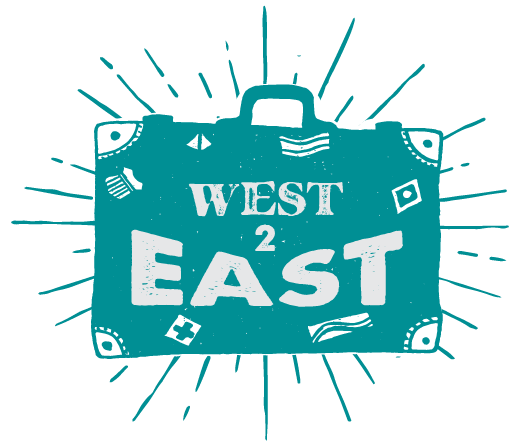Mardin: A City on a Hill....Literally
You can’t miss Mardin. In the middle of a flat, arid land a hill rises up to the sky, its face dotted with the terraced houses and buildings of the city. It is literally built into the side of the mountain, covering all sides of it all the way to the top, where an imposing castle stares down on the Mesopotamian plain.
The Mesopotamian Plain
As you climb into the city, the streets become more and more narrow. In the heart of the city a lot of the streets aren’t passable by car at all. They morph into winding passages that lead from doorway to doorway.
Twisting, turning, going up and down stairs and through tunnels, we found ourselves quite lost, but quite happy. Each new turn brought us face to face with something different. As we passed by house after house, my mind couldn’t help but turn to the practical: “How do people move in and out of these houses?" Surely the moving companies charge extra for carrying couches up and down the twisting stairs, around narrow corners and through tunnels!
Cats were running around all through the streets. This guy looked a little worse for wear.
Leslie is always looking for signs of her home state, Tennessee
The city is home to a unique mixture of peoples. This is reflected in the buildings themselves. The landscape of every city in Turkey I have been to thus far has been dominated by mosques and minarets, but historical church buildings are all over Mardin.
This is because for centuries ethnic Christian peoples have been living there. Orthodox Syrians and Armenians make up the majority of this part of Mardin’s history. But there is also a small Protestant church located in the city. Currently, there is a small minority of Syriac peoples who are ethnically Christian still living there. It was strange to see crosses poking up throughout the city. These peoples’ presence is also reflected in the menus of local restaurants. We tried Syriac meat pie, salads, and desserts. We heard Syriac music, the words sung in a language that is traced all the way back to ancient Aramaic.
An inscription in Syriac, closely related to Aramaic
Kurdish culture and language was also present in the city. I kept doing double-takes as I heard people call out to one another in languages I didn’t understand. While the warmth and kindness with which we were greeted is typical across Anatolia, in a lot of ways our visit to Mardin felt like visiting a different country. I continue to be astonished at the diversity of cultures within Turkey’s borders.
TO OUR FRIENDS IN THE WEST, KEEP LOOKING EAST!
Ginny Lou Henley
Ginny Lou is a co-founder of West2East. Originally from Alabama, Ginny Lou has called Turkey home for the past nine years. To read more about her, click here.



















